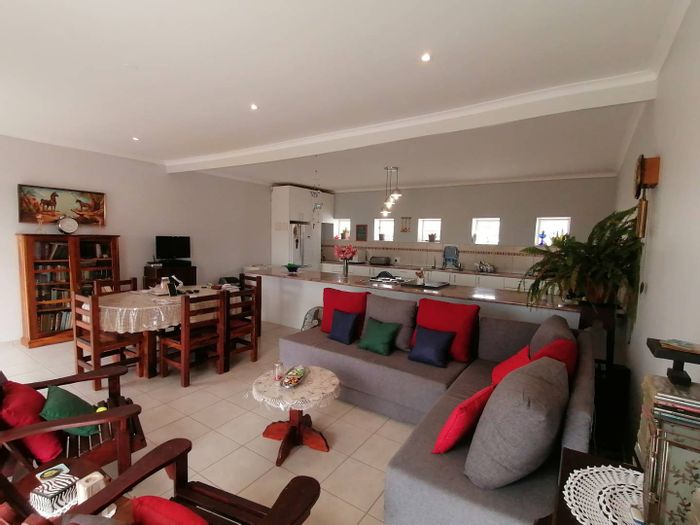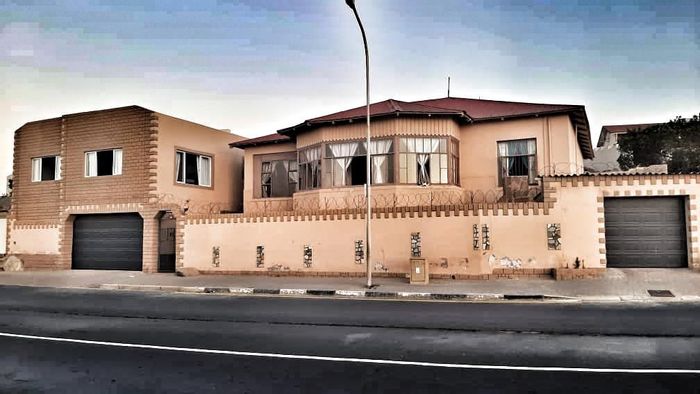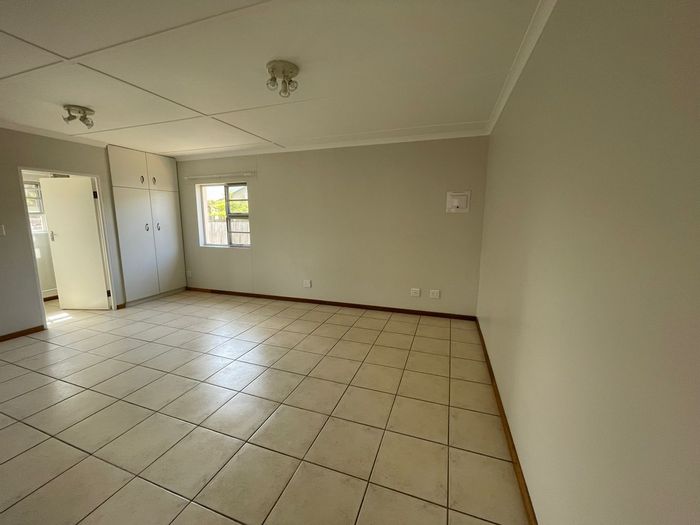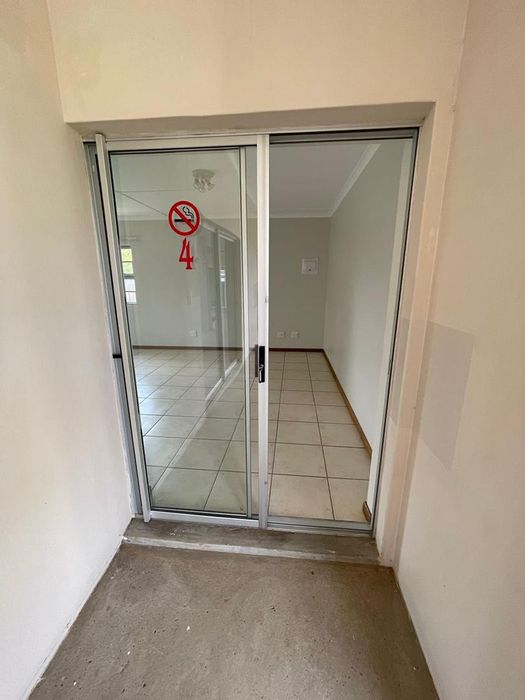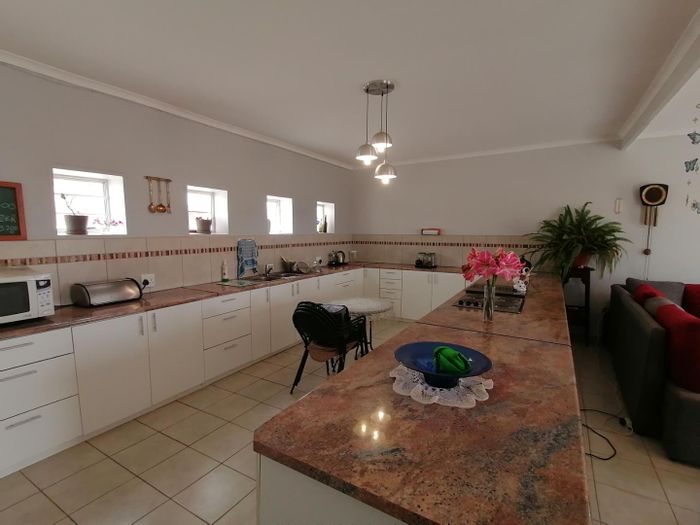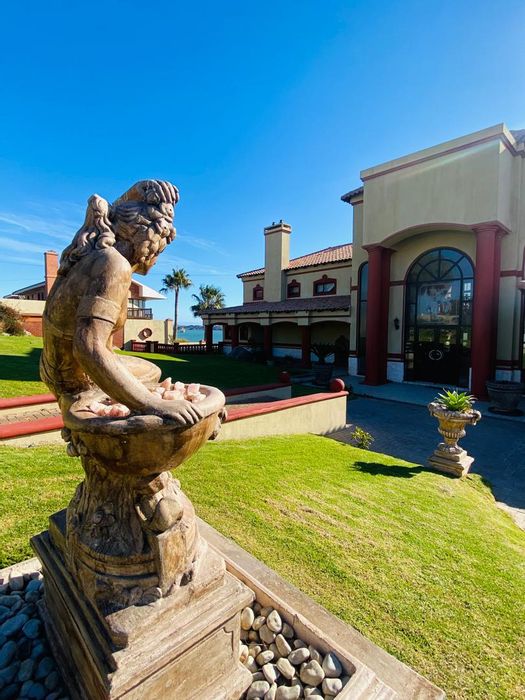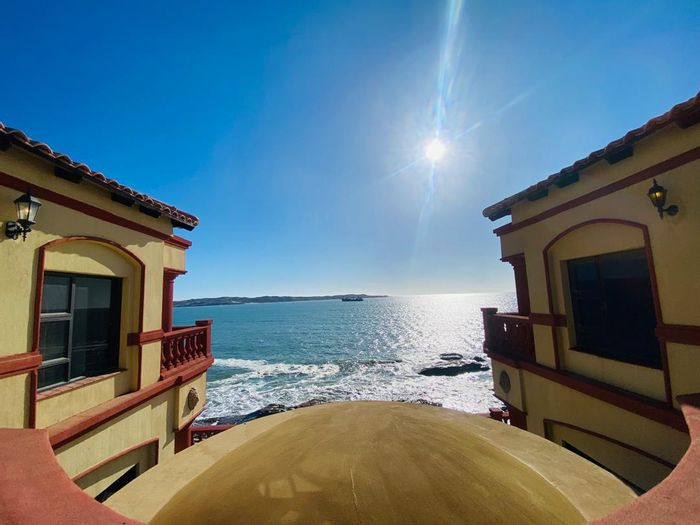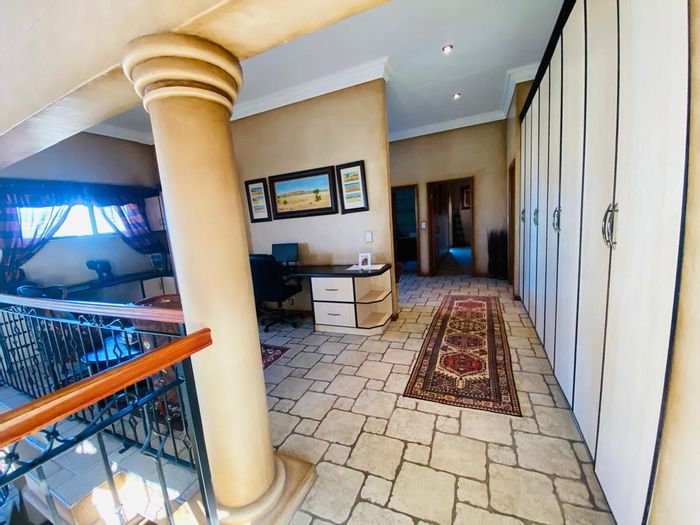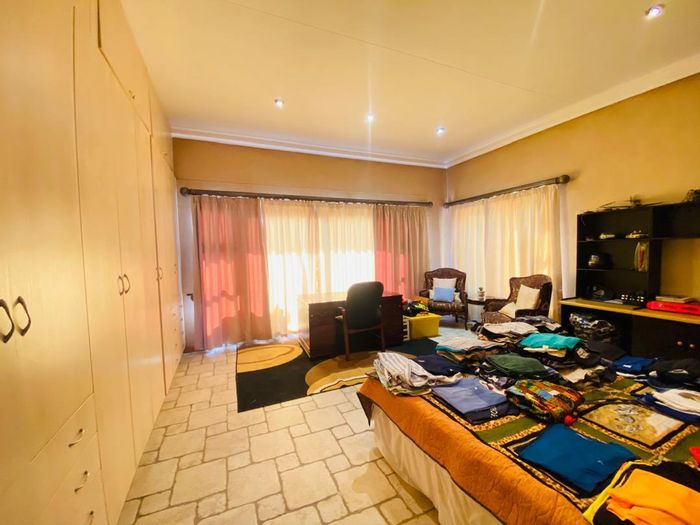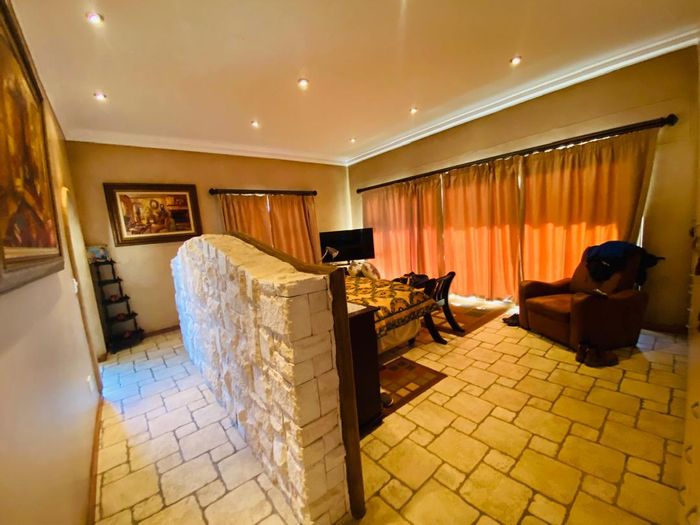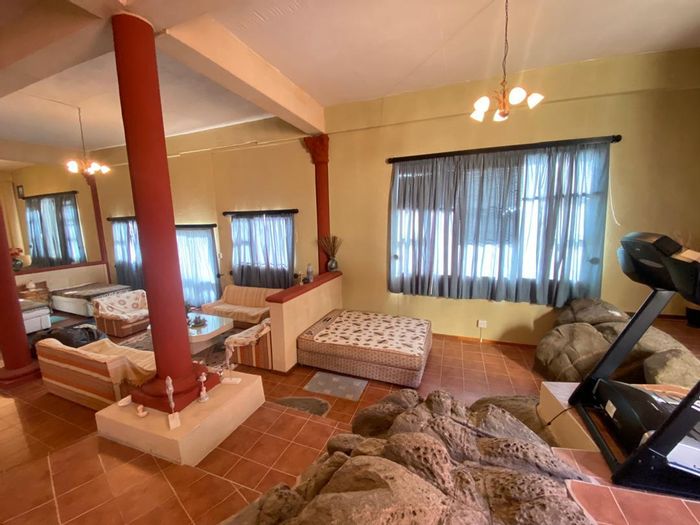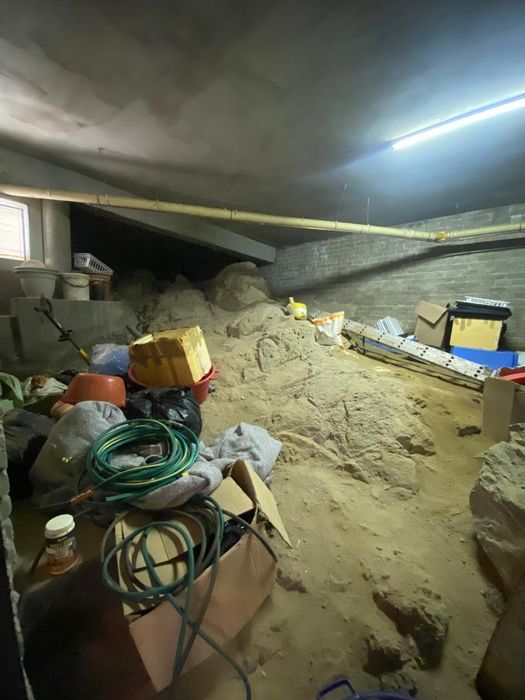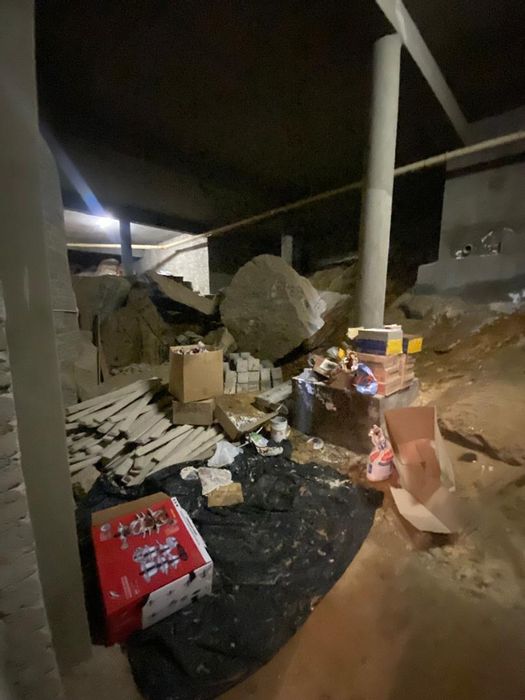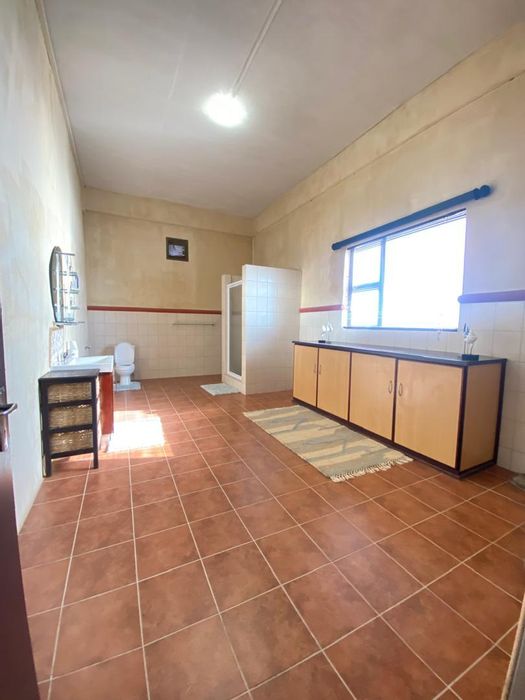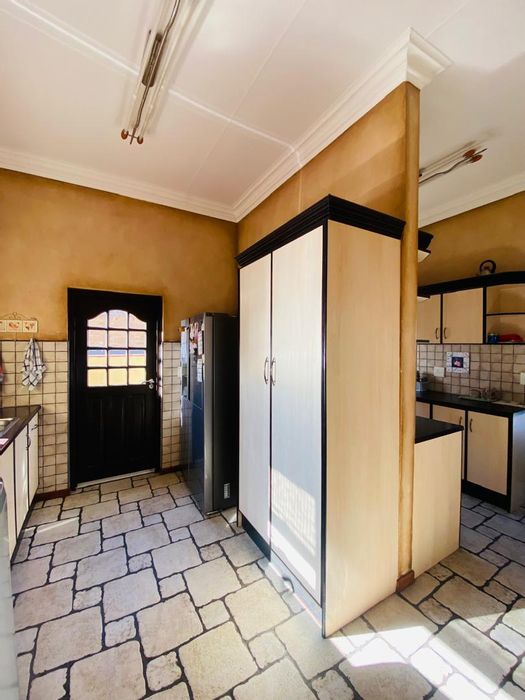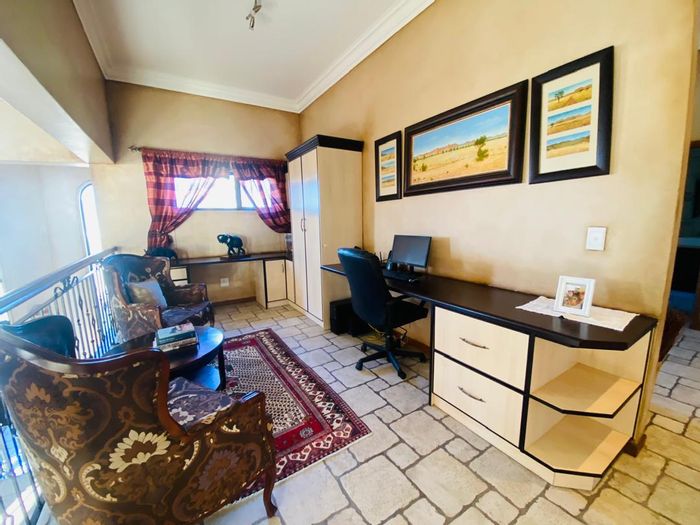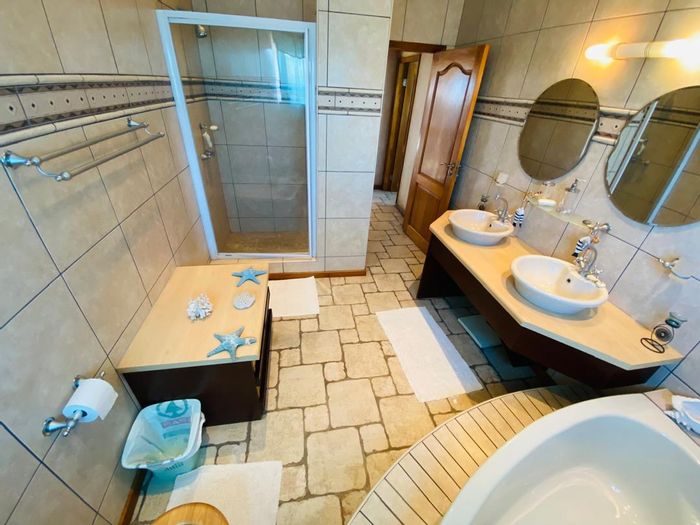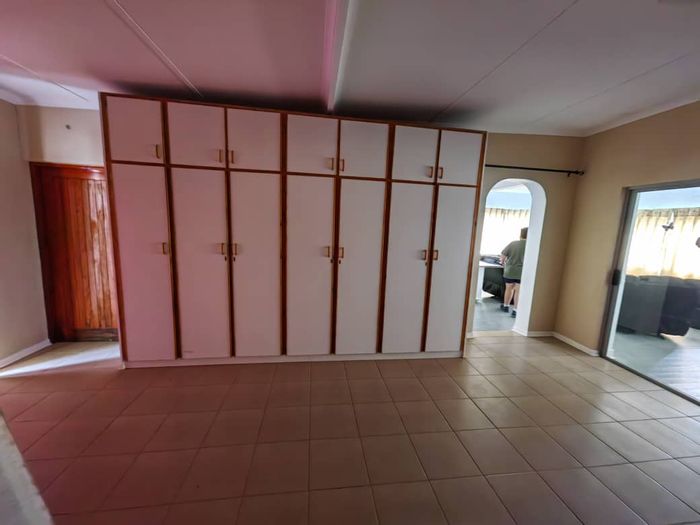Karas property guide
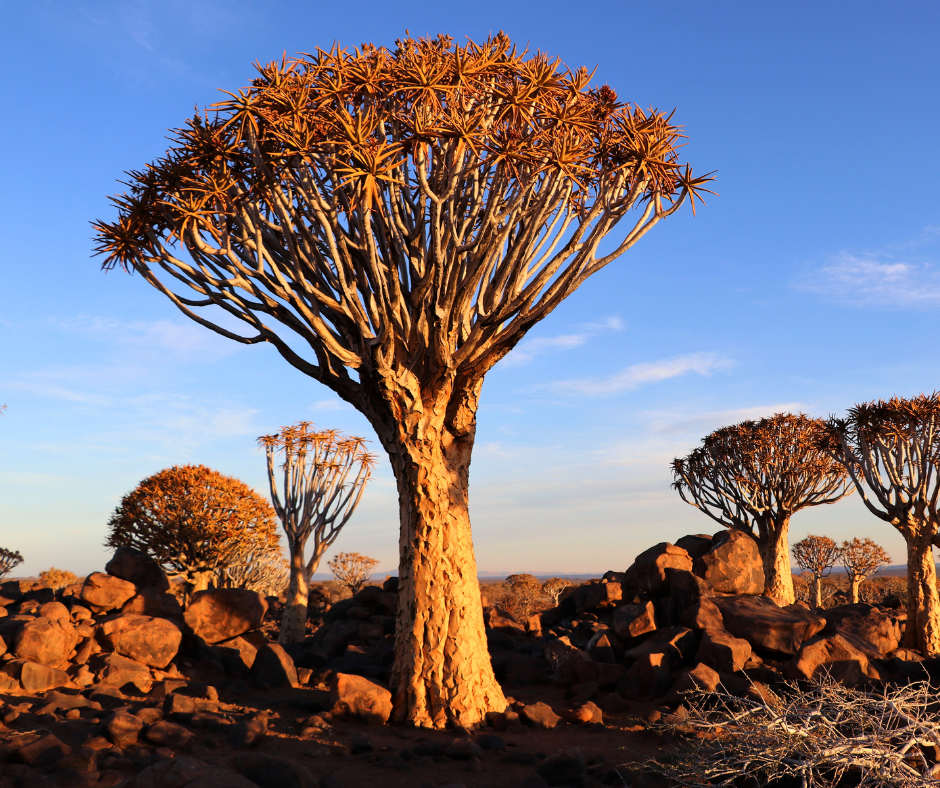
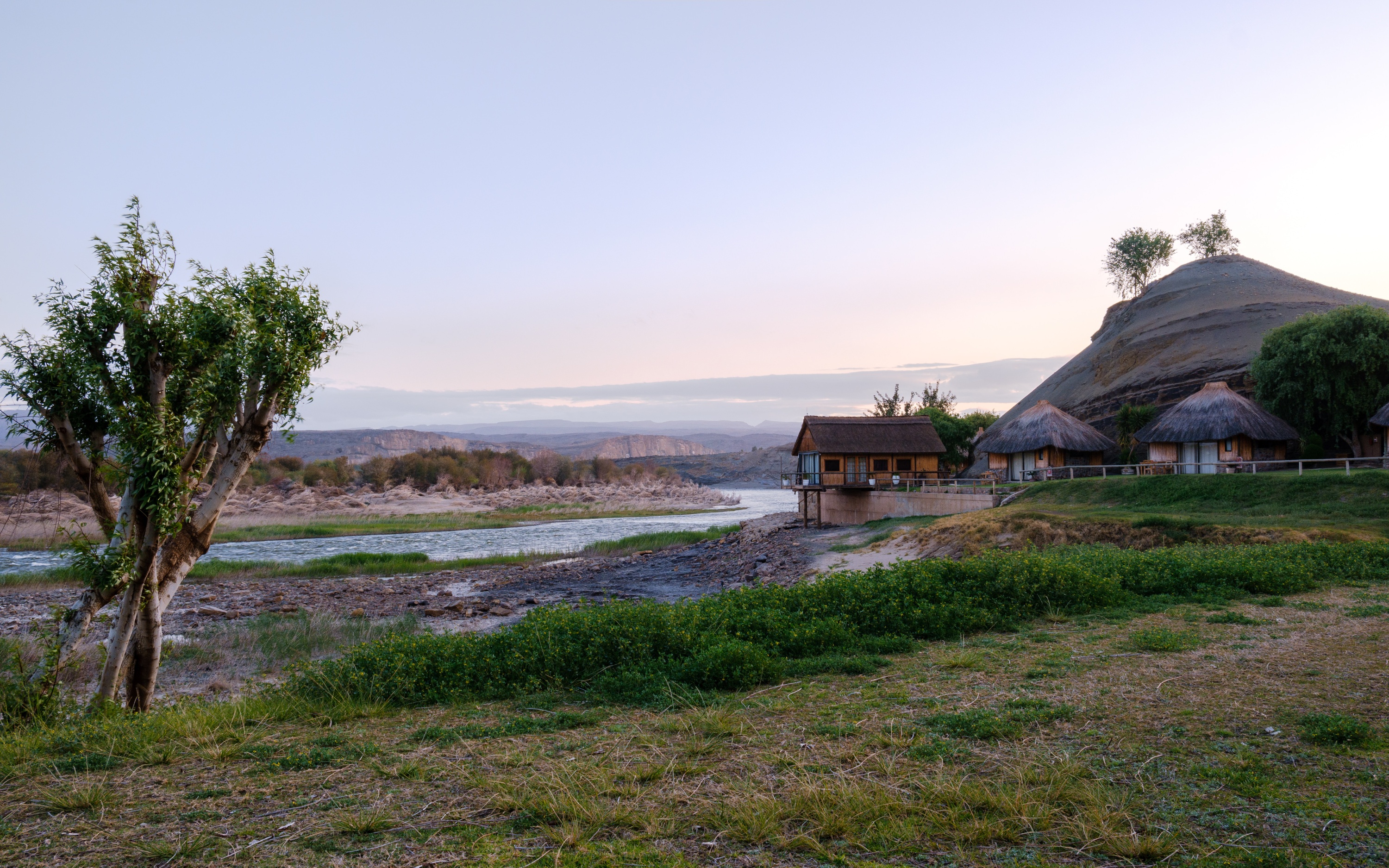


Karas at a glance
Karas is a region in the south of Nambia, an area of 161,235 km² covering approximately 20% of the country. The name is derived from the local Nama word meaning Quiver Tree which has become the symbol for this most desolate part of Namibia, the least populated region in the country. The region is a predominantly small stock-farming area, consisting mostly of animals such as sheep or goats. Game farming and irrigation farming along the Naute Dam and the Orange River has gained significantly in importance. Notable characteristics of the region include the harbour town of Lüderitz and its fishing and boat building industry, the diamond areas along the coast—both on and offshore—with Oranjemund as the main centre, mining enterprises in the southern part of Namibia (Klein Karas area, Rosh Pinah), the Kudu Gas field in the Atlantic Ocean near Lüderitz, and small-scale industries in Lüderitz and Keetmanshoop. The Hot Water Springs at Ai-Ais, the Hot Water Springs in Warmbad, the Kokerboom Forest near Keetmanshoop, the Fish River Canyon (the second-largest in the world), the Brukaros Mountain (a former volcano) near Berseba, the coastal town Lüderitz, and several guest- and game-farms have become important tourist attractions. The tourism industry has the potential for further expansion. On the coast to the west lies Luderitz, a charming fishing village and harbour town. Nearby in the Sperrgebiet, is Kolmanskop, a ghost town that stands as an eerie reminder of the diamond rush in the Karas region of Namibia. Head approximately 50km east from the capital city of the region, Keetmanshoop, and you will find the Kalahari Desert crossing over into South Africa and Botswana to form the Kgalagadi Transfrontier National Park with its herds of springbok, gemsbok and even big predators such as lion, cheetah and leopard.

